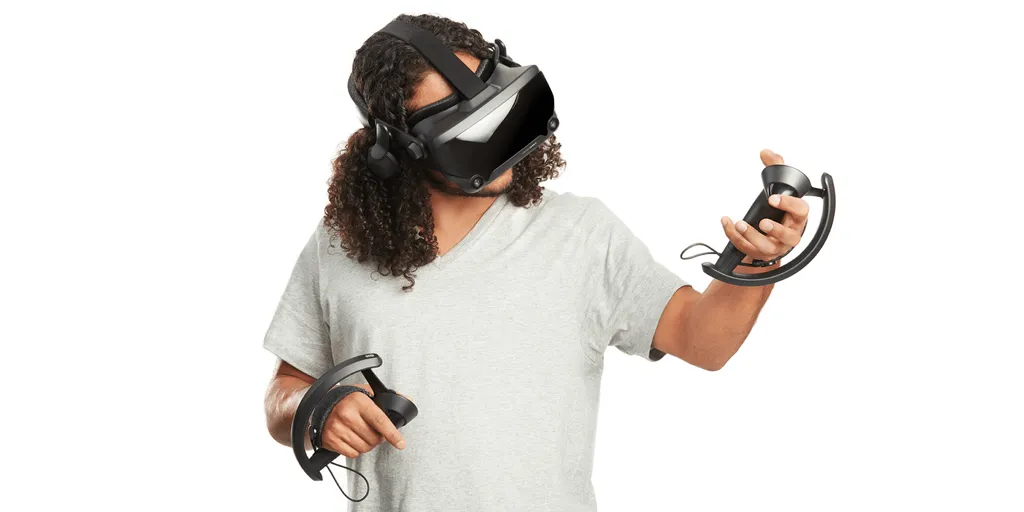Valve programmer Kerry Davis spoke in detail about VR interaction design for the company’s “flagship VR title” this weekend at DigiPen Institute of Technology.
Davis spoke about a range of VR development topics, but most of the talk focused on the specific issue of designing interactable virtual doors.
Valve first confirmed they were working on a VR game, three in fact, back in January of 2017. The company still hasn’t confirmed any details about these games, other than to say that one of them is coming this year and that it will be compatible with all PC VR headsets.
Davis spoke about the challenges of meeting this goal of properly supporting all headsets — “if you want to sell your games to a wide audience, you have to have all this junk on your desk“. He said it is easy to have six or seven pairs of VR controllers and “cords everywhere“. Issues like these mean that some at Valve “hate” VR development, according to Davis.
The programmer also confirmed that the game will use Valve’s Source 2 engine. This was said to be due to the engine’s excellent physics engine, Valve’s own custom made ‘Rubikon’.
Doors In VR
A high fidelity physics engine allows for more realistic interactions in VR. Davis used doors as a case study for how VR game design is different from traditional games. “Doors have always been around, it’s hard to build a game world without a door in it“. In most non-VR games, opening a door involves walking close and pressing an interaction button, which causes the door to swing open — Davis calls this a “classic door”. But this isn’t how doors work in reality. Davis explained that Valve’s goal for its “flagship VR game” is to simulate the actual experience of opening a door, not just the result of it.
Not only must the player be able to use these doors, but NPCs traveling through them must interact with them as well. And what if a player closes a door as an NPC is walking through? Davis called this a “difficult” challenge, but didn’t go into detail on what solutions they are exploring.
Davis showed off a series of designs for doors that could simulate the experience of opening one to varying degrees.
Interactive Door
The first, most basic physics-based door shown allowed the player to rotate the door about its hinge by either grabbing the handle and moving or simply pushing the door itself with either hand.
Latching Door
The Latching Door adds a closing mechanic. When the door’s rotation brings it in parallel with the hinge it will stop rotating, and cannot rotate any further in that direction (ie. it’s closed).
Door With Lever Handle
Door With Lever Handle builds on Latching Door by requiring the player to rotate their hand, and thus the handle, in order to rotate the door about its hinge through movement.
Dynamic Sound Based On Interaction
One demo Davis showed included appropriate creaking noises while opening the door and a slamming noise when it closes at speed.
Rather than simply play a sound effect, Davis explained that the sound is varied in pitch and tempo based on how far and fast the player is moving the door.
It has often been said that VR sound is as important as VR visuals, and small details like these should further immerse the player in Valve’s virtual world.
What Game Is This?
While Valve hasn’t given a name or setting for the game, code found in The Lab and source engine suggests it could be Half Life VR. In November of last year, before the Valve Index was even announced, sources told us of the headset’s existence and claimed the game was planned to ship alongside the hardware.
If it is indeed Half Life, this may be why the company is working on details as small as doors. If Valve is putting this much effort into the other interactions and sounds in the game, its VR game could be one of the most significant VR releases yet. To get a full view of just how hard Valve is thinking about these problems, we suggest you watch the full talk.
We’ll keep you up to date with any further news about Valve’s VR games.


























